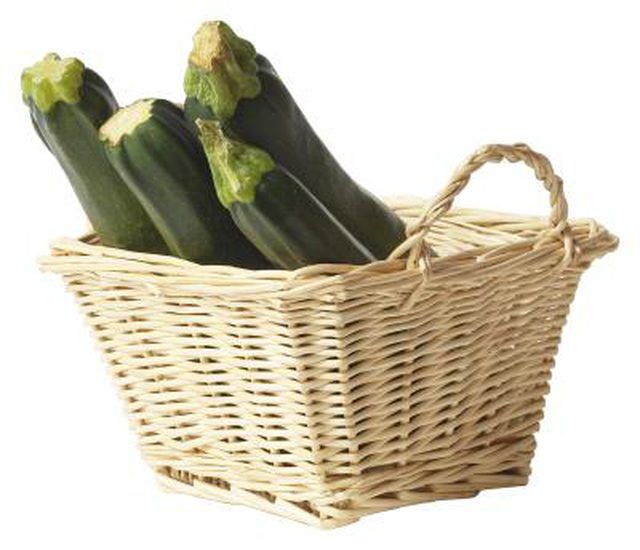Bulbs
Flower Basics
Flower Beds & Specialty Gardens
Flower Garden
Garden Furniture
Garden Gnomes
Garden Seeds
Garden Sheds
Garden Statues
Garden Tools & Supplies
Gardening Basics
Green & Organic
Groundcovers & Vines
Growing Annuals
Growing Basil
Growing Beans
Growing Berries
Growing Blueberries
Growing Cactus
Growing Corn
Growing Cotton
Growing Edibles
Growing Flowers
Growing Garlic
Growing Grapes
Growing Grass
Growing Herbs
Growing Jasmine
Growing Mint
Growing Mushrooms
Orchids
Growing Peanuts
Growing Perennials
Growing Plants
Growing Rosemary
Growing Roses
Growing Strawberries
Growing Sunflowers
Growing Thyme
Growing Tomatoes
Growing Tulips
Growing Vegetables
Herb Basics
Herb Garden
Indoor Growing
Landscaping Basics
Landscaping Patios
Landscaping Plants
Landscaping Shrubs
Landscaping Trees
Landscaping Walks & Pathways
Lawn Basics
Lawn Maintenance
Lawn Mowers
Lawn Ornaments
Lawn Planting
Lawn Tools
Outdoor Growing
Overall Landscape Planning
Pests, Weeds & Problems
Plant Basics
Rock Garden
Rose Garden
Shrubs
Soil
Specialty Gardens
Trees
Vegetable Garden
Yard Maintenance
How to Water Zucchini
How to Water Zucchini. Zucchini (Cucurbita pepo), an annual garden vegetable, is ready for harvest in 50 to 60 days after sown from seeds. Its fruit is a low-calorie vegetable rich in vitamin C. The fruit's contents are 95 percent water. Like the fruit of many other summer squash plants, zucchini fruit is picked while it's immature. Otherwise, its...

Zucchini (Cucurbita pepo), an annual garden vegetable, is ready for harvest in 50 to 60 days after sown from seeds. Its fruit is a low-calorie vegetable rich in vitamin C. The fruit's contents are 95 percent water. Like the fruit of many other summer squash plants, zucchini fruit is picked while it's immature. Otherwise, its skin is tough and its flesh is stringy, seedy and coarse. In order to grow healthy, thriving vines, plant zucchini in well-drained soil, and water the site well throughout the growing season.
Things You'll Need
Soil thermometer
Mulch
Ruler
Soaker hose or garden hose
Small, shallow dish or can
Check the zucchini bed's soil temperature with a soil thermometer. Wait for the soil to warm to 75 degrees Fahrenheit, and spread a 2- to 3-inch layer of mulch, such as grass clippings, straw or shredded leaves, on the zucchini bed. Mulch helps to conserve moisture, which makes watering more efficient. It also reduces weeds so zucchini plants have less competition for water.
Arrange a soaker hose throughout the zucchini bed if desired. Weave the soaker hose around and between plants, covering the entire root zone of each plant. Using a soaker hose in this way instead of watering with a garden hose makes watering easier and more efficient.
Place an empty, small, shallow dish or can, such as a tuna can, near one of the zucchini plants or underneath a hole in the soaker hose.
Turn on water in morning so it drips slowly if you use a soaker hose in the zucchini bed. Otherwise, water in morning near the base of the zucchini plants by using a traditional garden hose. Stop watering the site when water is 1 inch deep in the dish or can. Dump the dish or can where it was set, and put it back in place. Watering in morning allows the plant leaves to dry before nightfall.
Insert one of your fingers 1 inch deep in the garden's soil. If the soil feels dry at that depth, it's time to water the zucchini again. You'll probably need to irrigate zucchini one or two times each week during the entire growing season, depending on rainfall.
Tips & Warnings
Pick zucchini fruit when it is 6 to 8 inches long and no more than 2 inches in diameter.